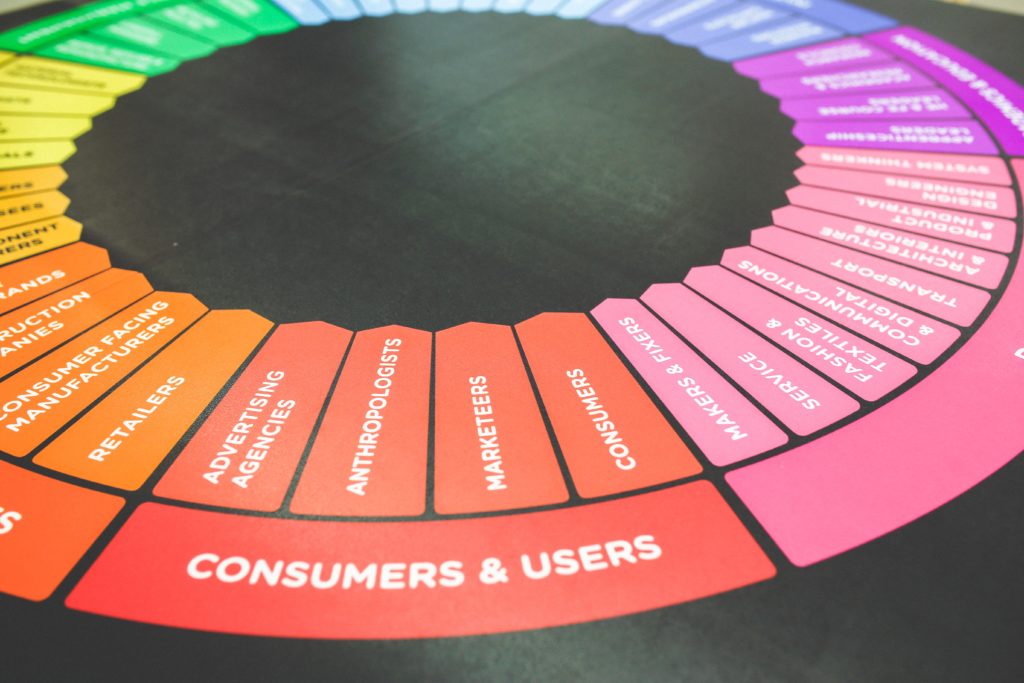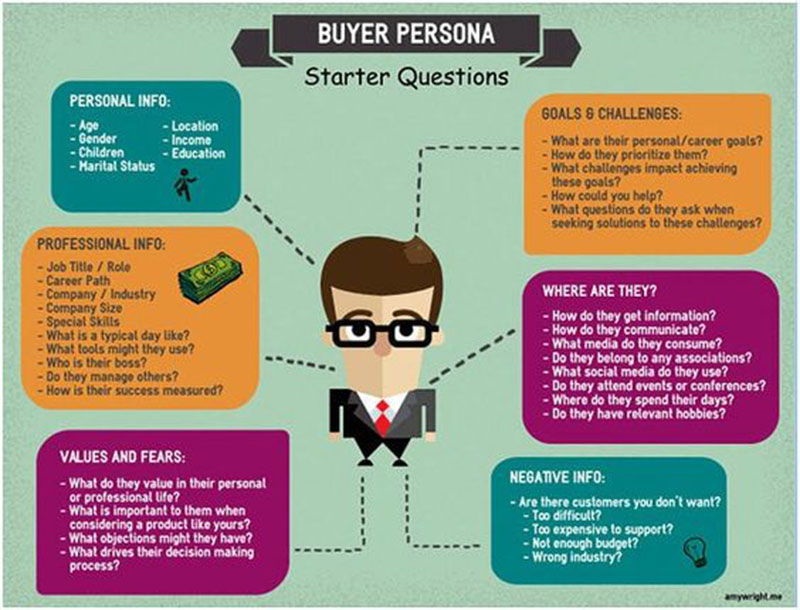Email marketing is possibly one of the oldest tools used by companies, entrepreneurs or brands, to communicate with their customers or potential customers, that is, leads. What was originally used to alert about promotions and news now takes on great relevance.
Email is the number 1 channel when it comes to sharing content. Users are three times more likely to share content on networks if it is received via email.
These are some tips to answer the question of how to convert leads into customers using email marketing tools. But first I clarify some basic concepts.
What is a lead?
A lead is a person who has already shown some interest in the brand. That is, a hot customer who has provided their data to the company because they have already consulted their products and are interested in them.
By submitting your data , you are already part of the company database. These data are voluntary and are related to the basic information of each client: gender, name, age, origin and email, among others.
This data is useful for email marketing but also for building loyalty of those customers. A lead is a ” hot ” customer who is prone to making a purchase. They have already shown an interest in the brand, so they are the ones that email marketing mainly targets. Now, why use email marketing and how to convert leads into customers?
Why use email marketing?
To begin with, practically everyone has an email account because, in addition to being cheap or free, convenient and accessible to everyone, it is also necessary for work and leisure.
Over time, and if you want to know how to convert leads into customers using email marketing, you have to know that email has become an indispensable tool in anyone’s day-to-day life.
On the other hand, email is also an advantageous medium for the company since, thanks to it, it can reach a large number of potential buyers, without resorting to external companies, and obtain an easy and efficient measurement.
Email marketing is used to measure the effectiveness of a campaign: the opening rate, rejection rate and number of clicks, among others. Really useful data to bring leads closer and convert them into customers.
In addition to working for all business models , email marketing allows you to maintain a constant relationship with your audience. Emails can be scheduled with content for each group or lead.
On the other hand, to know how to convert leads into customers using email marketing, segmenting the content is the fundamental part and you will see why later. The fundamental thing is that it will allow you to get closer to the preferences of your consumers.
The positive consequence is that users will be more and more hooked to content precisely because of the adequacy of the offer to their tastes and needs. Why do they have to look outside when they already get what they want?
Building a database is essential
In the same way that email marketing, due to its great scope, is effective when creating new customers, it is useless to send information to those who are not interested. One of the characteristics of a good database is precisely its fragmentation.
Having leads, or potential customers, means having information about them . This information is what will allow you to create databases rich in information. But how do you collect information about potential customers in order to convert leads into customers through email marketing?
A.- Periodic publications
The first step is to attract potential leads, for this you have to offer valuable content. A blog can be a good way to start. That way you offer periodic content that is updated.
Leads can be attracted at any time and as an entrepreneur you must show your work, build authority, create a niche and create expectations.
B.- Create newsletters
Newsletters should not offer only commercial content, this is the mistake. It is about offering topics of possible interest, they can be external links to your potential audience. It is a way of knowing the preferences of the leads, their interests and tastes.
C.- Collaborations with other websites
It can be really useful to carry out collaborative campaigns with other brands, they can be complementary.
In this way, an exchange of visits and leads takes place. The public can have shared interests and more if it is complementary areas.
One of the most frequent mistakes is buying lists of data . It seems easy to access lists of potential customers, with their preferences and contact information. However, it is dangerous information to handle.
On the one hand, those leads that have been bought have not shown real interest in the company and they hardly will. On the other hand, it has not yet been proven that such a sale is truly legitimate or ethical.
D.- Segment the database
As I have mentioned before, a good database can radically change the result of your email marketing campaigns. Therefore, a fundamental part is that you segment your database.
Not all users are interested in the same products from a seller. Segmenting serves to send the user quality content, specially adapted for them.
As an entrepreneur you must be clear about who is interested in which product and at what time. Although leads are not ruled out, interests can always be addressed from different fronts.
It may be that at some point, such as Christmas or other notable dates, you may be interested in receiving other types of information than you usually receive. Hence the recommendations and newsletters that have been mentioned before.
The more fragmented your database is, the more information you will have about your customers. Therefore, it is important to go through the ” funnel ” process in which leads are separated by interests and tastes.
This will make it easier for you to please your ” hot ” buyers and convert leads into customers through email marketing.
How to segment leads
These are some tips for proper lead segmentation:
a.- Demographic profile
The easiest way to segment a list of leads or customers is by age, gender, and location. This is basic information that is easy to get and organize.
Usually leads agree, in a first contact, to give this type of information. All of this feeds a database that later, when those leads become loyal, will provide you with useful information and you can segment it in another way.
b.- Behavior
The most valuable information is the own performance of customers or leads. It is recommended that you carry out a preliminary study for a certain time and recover said data. Through emails it is easy to check what type of messages have been opened and which ones have been clicked.
How you navigate or even the way to access company content says a lot about the behavior of your users. Do they finalize the purchase or leave the page with a full cart? Are they accessed through the cover, do they come from external browsing or advertising? Thousands are the options and thousands are the answers.
c.- Performance
Finally, there are the regulars and the potential customers. On the one hand, those who are regulars, also called ” best buyers ” and on the other hand the ” non-buyers ” or those who have not repeated.
The former do not need to be convinced since they are habitual buyers, who buy many times and repeat. But to know how to convert leads into customers using email marketing, you have to reach your potential audience, those who have not repeated and those who are registered but do not buy. Those are the true goal of email marketing.
Final recommendations for how to convert leads into customers using email marketing
1.- Be close, informal
Clients want to be cared for personally. Therefore, in addition to using your name to address your emails, simple and informal language is always appreciated. In addition, with a close language you will reach your users more easily.
2.- Be brief
Web consumption is increasing every day through the mobile and precisely for that reason do not use complex and long texts. Introduce graphic elements, air your paragraphs and be brief.
3.- It draws attention
Create eye-catching titles, without them they will hardly even open the message. Arouse curiosity and be original. This is another key to knowing how to convert leads into customers using email marketing. An attractive headline coupled with a quick proposal is more effective.
4.- Respond quickly
If what interests you is how to convert leads into customers using email marketing, think that as soon as a person has become a lead, that is, a potential customer, your response should be quick. Email marketing is most effective when customer needs are met in less than 24 hours. A hot buyer won’t stay that way for long, and quickly targeting an offer can be key to the sale.
5.- Offer content
Email flow is critical to building a hot customer list. In other words, maintaining a theme or product, over time and progressively complementing it, makes that need remain and even grow.
In the same way, the preferences of a client may vary so it is necessary that the email does not lack meaning and maintains the user’s attention. Repeated commercial products quickly lose interest.
6.- Take your time and accept mistakes
Think about how to convert leads into customers using email marketing. If done correctly, email marketing has guaranteed consequences. However, a common mistake is not allowing the client freedom to stop receiving the appropriate notifications.
Part of the guarantee of purchases is trust in the brand and that is built over time. On the other hand, segmentation is the fundamental part, dedicate your time, especially when it comes to creating precise and effective segments. Emails have a limitation and there is always time to re-evaluate the data.
The definitive formula does not exist. But if you want to convert leads into customers using email marketing, you will need an email marketing platform with which you can customize your shipments and generate more engagement so that your users end up becoming customers.







